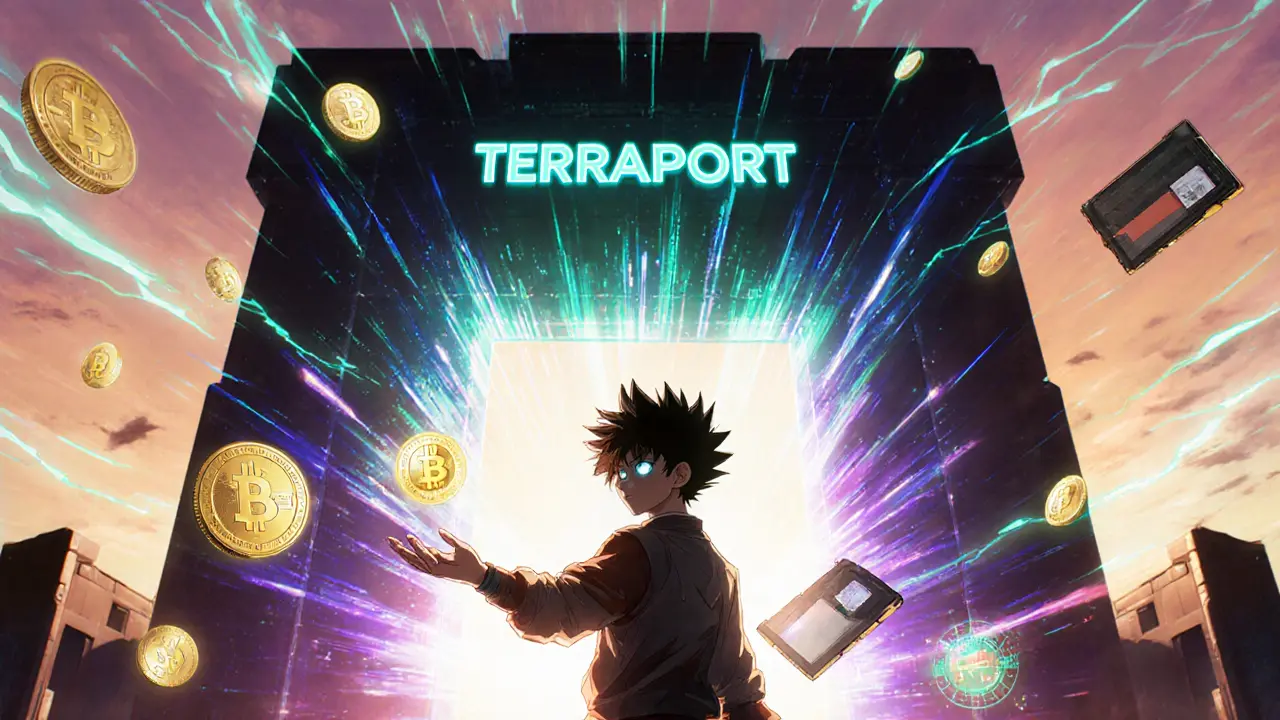

When talking about crypto coin, a digital asset that uses cryptography to secure transactions and control new unit creation. Also known as digital coin, it lives on a blockchain and can be traded, saved, or used for payments.
One of the most exciting ways crypto coins reach new users is through an airdrop, a distribution of free tokens to eligible wallets. Airdrops boost awareness, seed liquidity, and reward early adopters. They often require simple actions like joining a Telegram group or completing a KYC, but they also carry scams, so verification matters.
To actually buy, sell, or swap a crypto coin you need a crypto exchange, an online platform that matches buyers and sellers, handles deposits, and provides market data. Exchanges differ in fees, security, asset variety, and regulatory status. Choosing the right one can affect your cost basis and safety.
All of these activities run on a blockchain, a distributed ledger where blocks of transactions are linked together securely. The blockchain ensures transparency, immutability, and decentralization, which are the core reasons crypto coins exist. Different blockchains (like Bitcoin, Ethereum, Solana) offer varying speed, fees, and smart‑contract capabilities.
Many holders also earn extra crypto by staking, locking up coins to help secure the network and receive rewards. Staking turns a passive holding into an income stream, but it requires understanding reward rates, lock‑up periods, and validator risk.
Crypto coins encompass airdrops, exchanges, blockchains, and staking, creating a connected ecosystem. Airdrops depend on blockchain addresses to deliver tokens, while exchanges list those same coins for trading. Staking uses the underlying blockchain’s consensus mechanism, which in turn secures the network that hosts the coin. Understanding one part helps you navigate the others.
When you start with a crypto coin, the first step is often to find a reputable exchange. After you deposit, you can explore airdrop opportunities that match the coin you hold. Later, if the coin supports PoS, you might stake it to earn passive rewards. Each action builds on the previous one, making the whole process smoother.
Our collection below reflects this flow: we begin with basic definitions, then dive into airdrop guides, exchange reviews, blockchain deep‑dives, and staking calculators. Whether you’re a beginner looking for a clear start or an intermediate trader hunting the next airdrop, the articles are arranged to match your journey.
Ready to see practical tips, side‑by‑side exchange comparisons, airdrop checklists, and staking formulas? Scroll down and pick the piece that fits your current question. The guide ahead will give you the tools to handle any crypto coin situation with confidence.

FooDriver (FDC) is a Polygon‑based ERC‑20 token that powers a decentralized delivery app. Learn how it works, its roadmap, risks, and how to start using it.

Terraport (TERRA) is a Terra Classic‑based DeFi platform. Learn its purpose, tokenomics, features, security, how to buy, and key risks in this comprehensive guide.

Discover what ThorFi (THOR) crypto coin is, how it works on Avalanche, its tokenomics, how to buy it, and the risks involved-all in plain English.